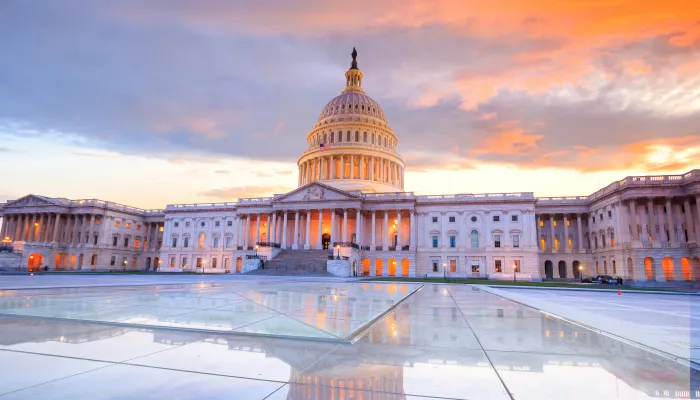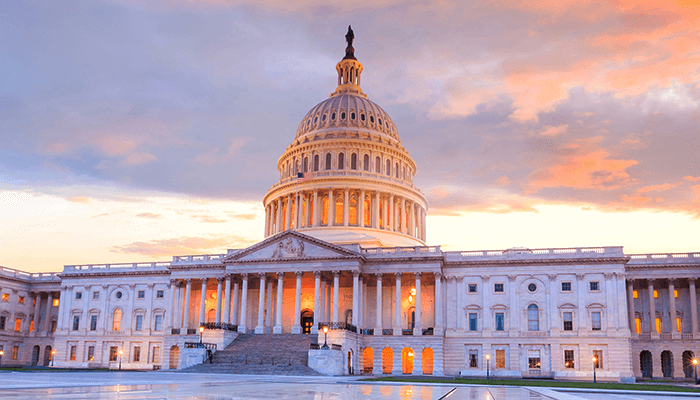Op-Ed: The Sequester and Fiscal Policy
New York Times | March 8, 2013
The sequester – the large, across-the-board cuts in federal government spending that began to take effect on March 1 and are scheduled to persist through the next decade – is a product of political stalemate and ideology cloaked in the language of fiscal responsibility. Despite what some of its champions proclaim, there is no economic justification for the sequester. It is the wrong medicine for what ails the economy now and the wrong cure for its future budgetary challenges.
As a result of a deep and lingering deficiency in aggregate demand, the United States economy is operating far below its potential. Real gross domestic product fell by 8 percent relative to its non-inflationary potential level in 2008 and has remained about 8 percent below the level consistent with its pre-recession growth rate ever since.
The gap between the actual and potential level of output means about $900 billion of forgone goods and services this year alone. This tremendous waste of productive potential is reflected in an unemployment rate of 7.9 percent, a higher rate than at any point in the 24 years before the depths of the 2008 recession, and a poverty rate of 15 percent, significantly above the average of the last 30 years.
High levels of unemployment impose substantial costs not only in terms of human suffering and forgone output now but also in terms of the economy’s productive potential in the future. The longer the economy operates below its current capacity, the slower the growth of its future capacity as a result of diminished risk-taking, forgone investment and the erosion of skills.
Besides its sheer size, what’s remarkable about the gap between actual and potential output is its persistence, despite a sustained and unprecedented effort by the Federal Reserve to boost demand and hasten the recovery. For more than five years, the Fed has held the nominal short-term interest rate near zero – its effective lower bound — with a promise to keep it there at least until the unemployment rate falls to 6.5 percent. The Fed has also been purchasing about $1 trillion of long-term government bonds annually. As a result of these actions, the nominal yield on the 10-year Treasury bond, a measure of the borrowing costs of the federal government, hovers around 2 percent, less than a third of its 40-year average, and both short-term and long-term interest rates are less than the rate of inflation.
In a speech earlier this week to the National Association of Business Economists, the Fed’s vice chairwoman, Janet Yellen, reaffirmed the Fed’s commitment to its bold accommodative policies until there is a “substantial improvement in the outlook for the labor market.”
Under current economic conditions, with significant unutilized resources, low inflation and highly accommodative monetary policy, contractionary fiscal policy has contractionary effects: spending cuts and tax increases reduce aggregate demand, choke job creation and dampen growth. In these circumstances, more deficit reduction is neither necessary nor wise; it is counterproductive. A more anemic recovery means less deficit reduction for any given set of fiscal policies.
Spending cuts at the local, state and federal levels have been powerful headwinds constraining growth during the last three years. And the headwinds are intensifying this year.
Taken together, the caps on discretionary spending imposed in 2011, the tax increases in the 2013 tax deal – especially the increase in payroll taxes that will trim household incomes by about $125 billion – and the sequester will cut about 1.5 percentage points from 2013 growth, consigning the economy to yet another year of tepid recovery and elevated unemployment. The sequester cuts alone will result in a loss of at least 700,000 jobs. And these arbitrary across-the-board cuts will inflict more damage on the economy than sensibly targeted cuts of the same magnitude.
Mr. Bernanke admonished Congress in his recent statement that monetary policy “cannot carry the entire burden of ensuring a speedier return to economic health.” Discretionary fiscal policy in the form of more debt-financed government spending is warranted and would be effective. Recent research finds that the multiplier for discretionary fiscal policy – the change in output caused by a change in discretionary government spending – is larger when interest rates are low and underutilized resources are available.
Indeed, under these conditions it is possible that increases in government spending will end up paying for themselves in the long run by speeding the recovery and stemming unnecessary losses in the economy’s future capacity. This possibility is the greatest for government spending in investment areas like research, education and infrastructure that generate sizable returns over time.
Mr. Bernanke also advised Congress that “not all tax and spending programs are created equal with respect to their effects on the economy,” and emphasized the importance of investments in work-force skills, research and development and infrastructure. Unfortunately, as a result of the caps on discretionary spending and the sequester, these areas will fall victim to significant cuts over the next decade.
If these policies are enforced, the Congressional Budget Office projects that discretionary spending will fall to 5.5 percent of G.D.P. by 2023, more than three percentage points below its 1973-2012 average, with nonmilitary outlays falling to 2.7 percent of G.D.P. compared with a 40-year average of 4 percent.
The economy needs less rather than more deficit reduction in the near term. But less deficit reduction also means more debt accumulation over time. Even with the sequester and the discretionary caps, federal debt held by the public is projected to recent Congressional testimony remain around 75 percent of G.D.P. during the next decade, compared with an average of about 40 percent between 1960 and the 2008 recession.
A large and growing government debt relative to the size of the economy has several negative potential consequences. Most important, when the economy is operating at capacity, it crowds out private saving and investment, reducing the capital stock, productivity and wage growth. It puts upward pressure on long-term interest rates and increases the cost of servicing the debt. It weakens investor confidence in the debt, heightens the risk of a financial crisis and reduces the government’s budgetary flexibility to address future, unexpected shocks.
The economy needs a long-run plan of revenue increases and spending cuts to put the federal budget on a sustainable path that will stabilize and reduce gradually the debt- to-G.D.P. ratio. Congress should jettison the sharp, front-loaded and arbitrary sequester cuts that will harm the recovery and work on such a plan.
Unfortunately, the political stalemate and ideology that produced the sequester appear to rule out this approach at least for now. Perhaps when the sequester’s costs become apparent, Congress will be forced back to the negotiating table.

